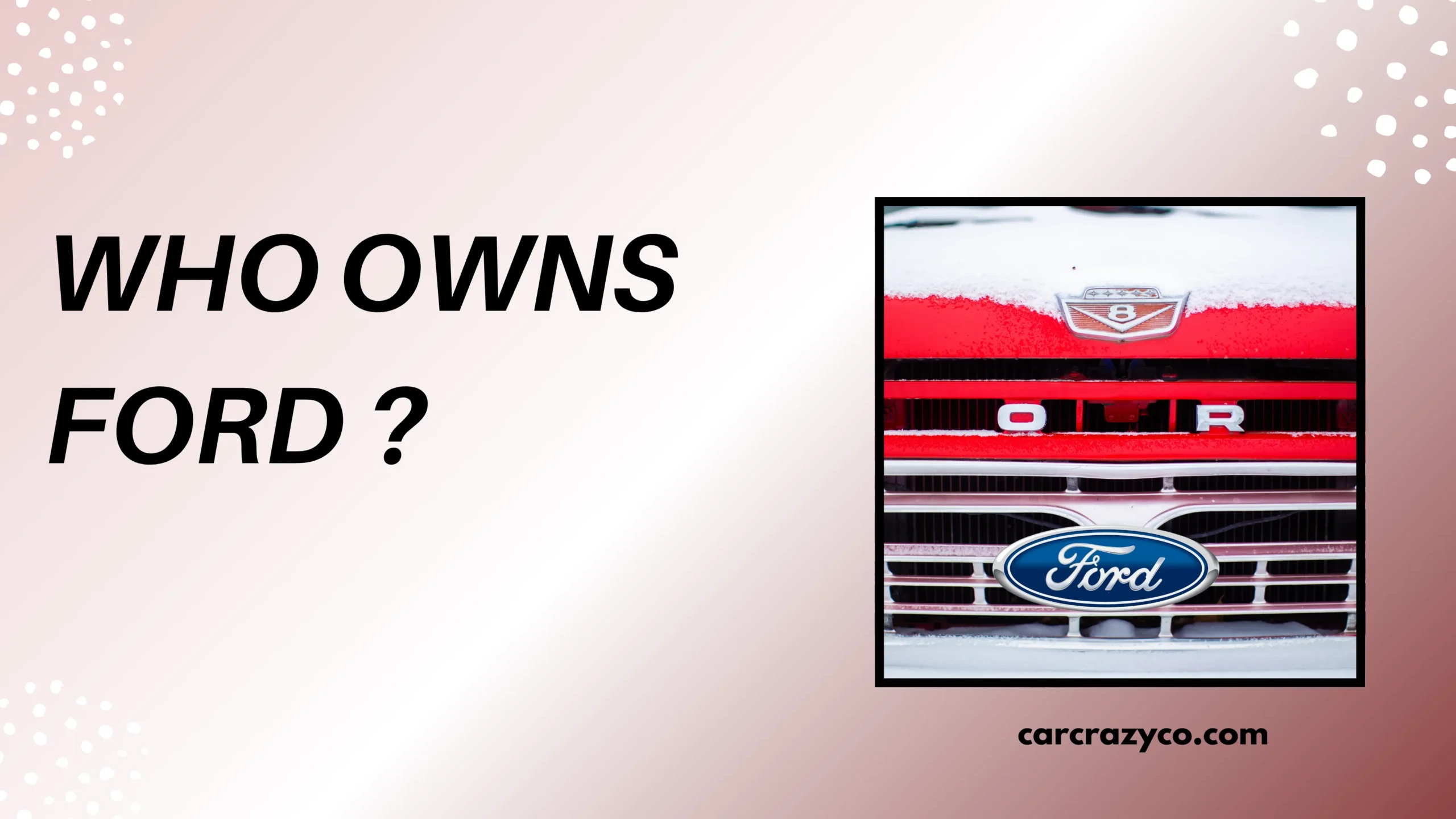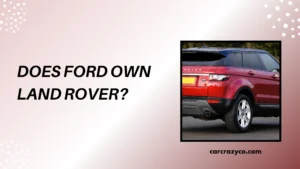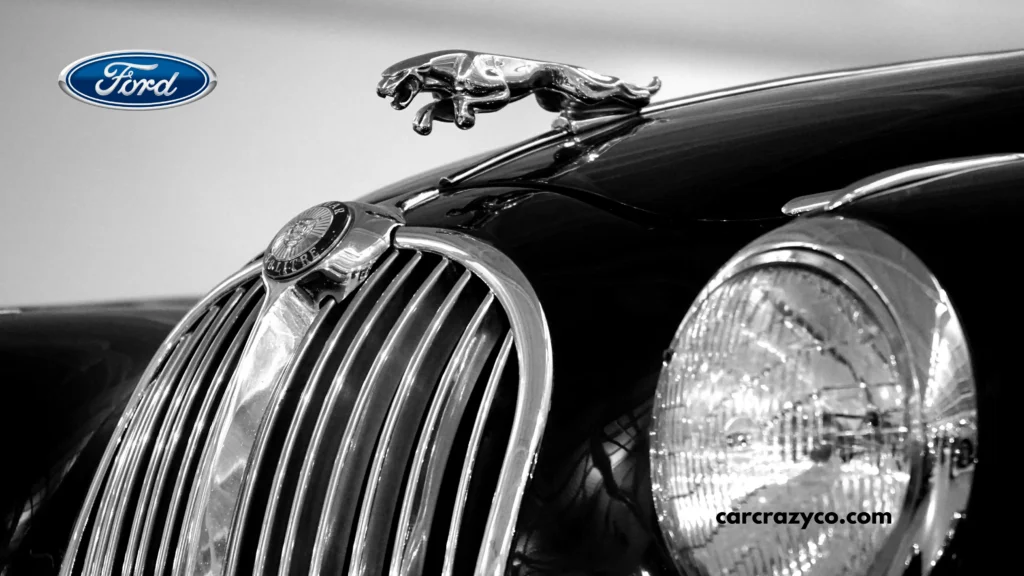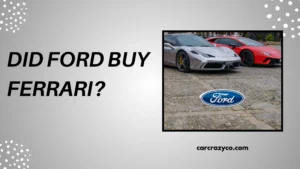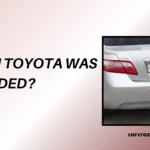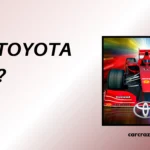When you think of Ford, you probably picture a tough F-150, a sleek Mustang, or perhaps the legendary Model T that revolutionized the world. But behind those iconic vehicles lies a much bigger story — one that stretches across borders, brands, and business empires.
Most people know Ford as a carmaker, but few realize it has played the role of a brand owner, investor, and even a seller of once-beloved names in the auto world. Whether you’re a car enthusiast, investor, or just curious about how the automotive industry works, understanding who Ford owns reveals a lot about the company’s strategy, history, and future.
In this post, we’ll pull back the curtain on the Ford Motor Company to discover what’s parked in its corporate garage. You’ll learn which brands are under its control, which ones used to be, and how its ownership choices shape the cars we drive today.
Contents
1. The Main Star: Ford Itself
Ford’s main focus is still the Ford brand, producing everything from sedans and trucks to electric vehicles. It’s where you’ll find the iconic F-Series, Explorer, Escape, and the all-electric Mustang Mach-E.
The company has been doubling down on electric and hybrid vehicles, investing billions in future mobility. Ford also has its hands in autonomous driving tech, with major bets on AI and data-driven innovations.
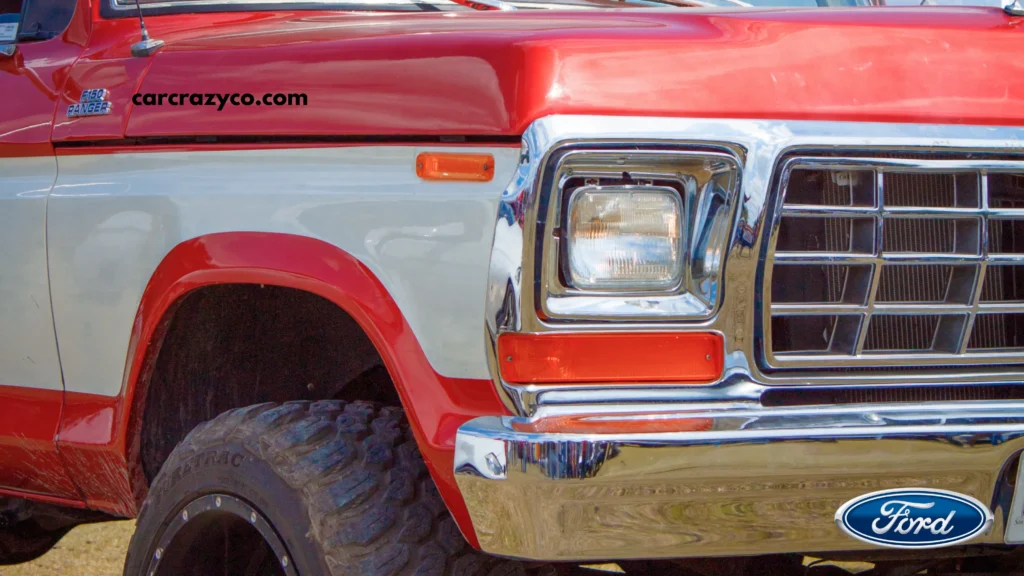
2. Lincoln – Ford’s Luxury Badge
Ford owns Lincoln, its only remaining luxury brand, which competes with BMW, Lexus, and Cadillac. Lincoln has a focus on refined comfort, quiet rides, and upscale design.
While Lincoln once struggled for relevance, it’s now experiencing a modern revival, especially in China, where luxury demand is booming. New models like the Lincoln Aviator and Corsair are examples of this fresh energy.
3. Ford’s Past Portfolio: Brands It Sold Off
At one time, Ford had a mini-empire that included Jaguar, Land Rover, Volvo, Aston Martin, and even stakes in Mazda. These were part of the Premier Automotive Group, launched to compete in the luxury market.
However, by the late 2000s, Ford started selling them to focus on its core business. Jaguar and Land Rover were sold to Tata Motors, Volvo went to Geely, and Aston Martin became independent again.
This streamlining was part of Ford’s recovery strategy during the 2008 financial crisis, helping it avoid bankruptcy unlike GM and Chrysler.
4. Ford’s Stakes and Partnerships
Ford has had various equity stakes and strategic partnerships over the years. It once owned about 33% of Mazda, influencing models like the Ford Escape and Mazda Tribute.
More recently, Ford has teamed up with Volkswagen to share electric vehicle and autonomous technology platforms. These collaborations help cut costs and accelerate innovation across global markets.
Ford also invests in mobility companies, such as Argo AI (though recently wound down), signaling a shift toward transportation services and not just car production.
5. What Ford Doesn’t Own Anymore — And Why It Matters
Knowing what Ford no longer owns is just as important. Selling its luxury brands allowed Ford to restructure, refocus, and emerge stronger.
This shift shows how automakers have to adapt constantly to survive — moving from global luxury empires to leaner, tech-savvy businesses. It’s a case study in balancing innovation with identity.
Today, Ford stands as a streamlined brand betting big on electric vehicles, connectivity, and global scalability — a very different beast than it was twenty years ago.
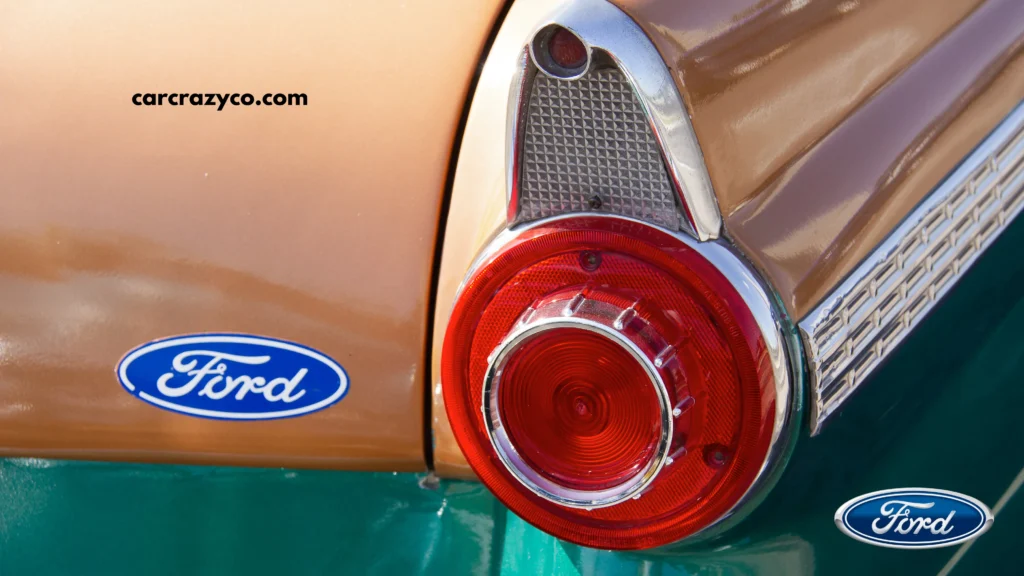
Conclusion:
Ford may seem like a traditional automaker, but it has worn many hats — owner, innovator, and survivor. Its changing brand portfolio tells a story of strategic pivots, bold risks, and adapting to a fast-evolving world.
By focusing on its Ford and Lincoln brands, the company has stayed competitive while investing in EVs, software, and partnerships that will shape its future. What Ford owns — and doesn’t own — says more about its vision than just what’s on the showroom floor.
In the end, knowing who Ford owns gives us a peek into how modern car companies work — not just as manufacturers, but as global players in a game of mobility, technology, and transformation.
FAQs
1. Does Ford own Lincoln?
Yes, Ford owns Lincoln, and it’s their luxury vehicle division, known for premium SUVs and sedans.
2. Did Ford ever own Jaguar and Land Rover?
Yes, Ford used to own both Jaguar and Land Rover but sold them to Tata Motors in 2008.
3. Is Ford connected to Volvo or Mazda today?
No, Ford has sold its stakes in both companies. Volvo is now owned by Geely, and Mazda operates independently.
4. What is the Premier Automotive Group?
It was Ford’s luxury brand division, which included Jaguar, Land Rover, Aston Martin, and Volvo, but has since been dismantled.
5. Does Ford own any EV brands?
Ford does not own separate EV brands but is heavily investing in EVs under the Ford and Lincoln names.
6. Is Ford part of any alliances?
Yes, Ford has partnerships with Volkswagen and other companies for EV development and autonomous vehicles.

